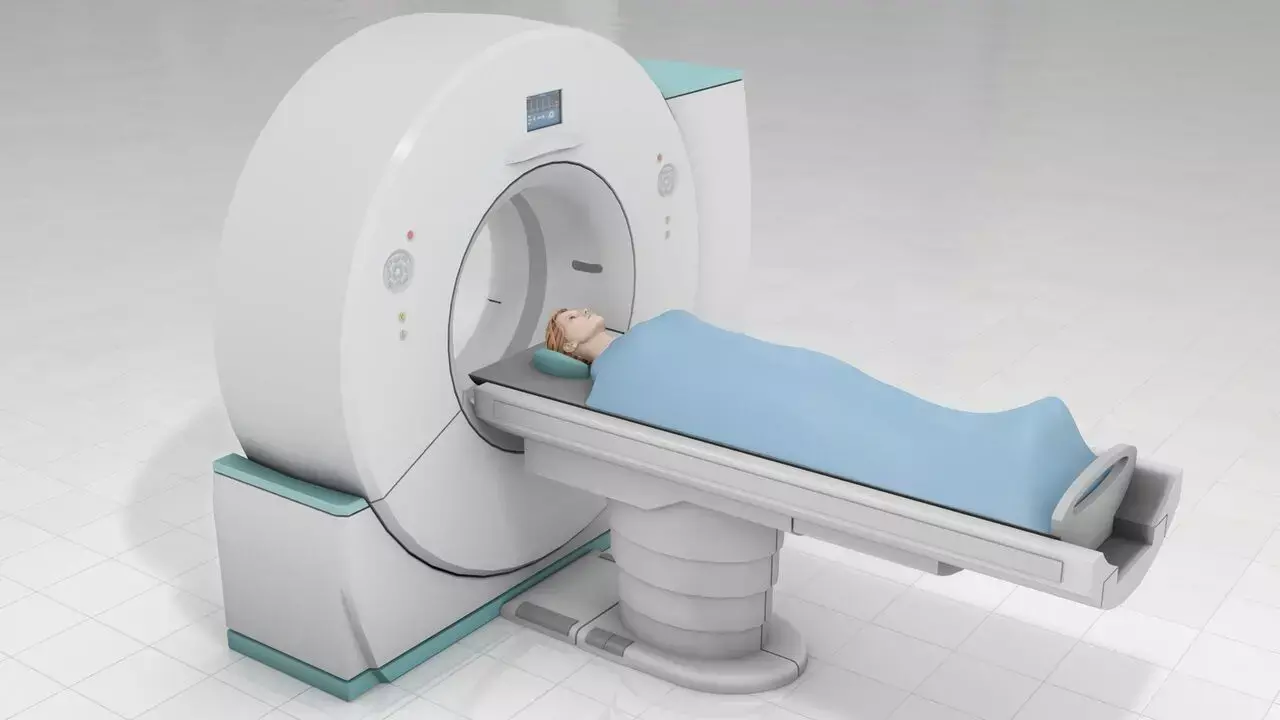- Home
- Medical news & Guidelines
- Anesthesiology
- Cardiology and CTVS
- Critical Care
- Dentistry
- Dermatology
- Diabetes and Endocrinology
- ENT
- Gastroenterology
- Medicine
- Nephrology
- Neurology
- Obstretics-Gynaecology
- Oncology
- Ophthalmology
- Orthopaedics
- Pediatrics-Neonatology
- Psychiatry
- Pulmonology
- Radiology
- Surgery
- Urology
- Laboratory Medicine
- Diet
- Nursing
- Paramedical
- Physiotherapy
- Health news
- Fact Check
- Bone Health Fact Check
- Brain Health Fact Check
- Cancer Related Fact Check
- Child Care Fact Check
- Dental and oral health fact check
- Diabetes and metabolic health fact check
- Diet and Nutrition Fact Check
- Eye and ENT Care Fact Check
- Fitness fact check
- Gut health fact check
- Heart health fact check
- Kidney health fact check
- Medical education fact check
- Men's health fact check
- Respiratory fact check
- Skin and hair care fact check
- Vaccine and Immunization fact check
- Women's health fact check
- AYUSH
- State News
- Andaman and Nicobar Islands
- Andhra Pradesh
- Arunachal Pradesh
- Assam
- Bihar
- Chandigarh
- Chattisgarh
- Dadra and Nagar Haveli
- Daman and Diu
- Delhi
- Goa
- Gujarat
- Haryana
- Himachal Pradesh
- Jammu & Kashmir
- Jharkhand
- Karnataka
- Kerala
- Ladakh
- Lakshadweep
- Madhya Pradesh
- Maharashtra
- Manipur
- Meghalaya
- Mizoram
- Nagaland
- Odisha
- Puducherry
- Punjab
- Rajasthan
- Sikkim
- Tamil Nadu
- Telangana
- Tripura
- Uttar Pradesh
- Uttrakhand
- West Bengal
- Medical Education
- Industry
Superior metal artifact reduction of tin filtered low dose CT in imaging of lumbar spinal instrumentation compared to conventional computed tomography: study

Christoph Stern et al conducted a study to compare the image quality of low-dose CT (LD-CT) with tin filtration of the lumbar spine after metal implants to standard clinical CT, and to evaluate the potential for metal artifact and dose reduction.
CT protocols were optimized in a cadaver torso. Seventy-four prospectively included patients with metallic lumbar implants were scanned with both standard CT (120 kV) and tin-filtered LD-CT (Sn140kV). CT dose parameters and qualitative measures (1=worst,4=best) were compared. Quantitative measures included noise, signal-to-noise ratio (SNR), contrast-to-noise ratio (CNR), and the width and attenuation of the most prominent hypodense metal artifact. Standard CT and LD-CT were assessed for imaging findings.
Key findings of the study were:
• The body mass index was available in 64 of 74 patients and was mean 26.7±SD 4.2.
• A total number of 419 vertebra (the sacrum was counted as 1 vertebra) and of 451 pedicle screws were evaluated.
• Tin-filtered LD-CT was performed with 60% dose saving compared to standard CT (median effective dose 3.22 mSv (quartile 1–3: 2.73–3.49 mSv) versus 8.02 mSv (6.42–9.27 mSv; p<.001).
• Image quality of CT and tin-filtered low-dose CT was good with excellent depiction of anatomy, while image noise was lower for CT and artifacts were weaker for tin-filtered LD-CT.
• Quantitative measures also revealed increased noise for tin-filtered low-dose CT (41.5HU), lower SNR (2) and CNR (0.6) compared to CT (32HU,3.55,1.03, respectively) (all p<.001).
• Tin-filtered LD-CT performed superior regarding the width and attenuation of hypodense metal artifacts (2.9 mm and -767.5HU for LD-CT vs. 4.1 mm and -937HU for CT; all p <001).
• No difference between methods was observed in detection of imaging findings.
The authors concluded – “In summary, with tin prefiltration and a low-dose protocol, 60% dose saving was achieved for CT of the lumbar spine with metal implants without compromise in detection of pathology and surgery related complications. Furthermore, reduction of metal artifacts was superior for the tin-filtered low-dose CT compared to the clinical standard protocol without tin prefiltration.”
Further reading:
Superior metal artifact reduction of tin filtered low dose CT in imaging of lumbar spinal instrumentation compared to conventional computed tomography Christoph Stern et al Skeletal Radiology (2024) 53:665–673 https://doi.org/10.1007/s00256-023-04467-5
MBBS, Dip. Ortho, DNB ortho, MNAMS
Dr Supreeth D R (MBBS, Dip. Ortho, DNB ortho, MNAMS) is a practicing orthopedician with interest in medical research and publishing articles. He completed MBBS from mysore medical college, dip ortho from Trivandrum medical college and sec. DNB from Manipal Hospital, Bengaluru. He has expirence of 7years in the field of orthopedics. He has presented scientific papers & posters in various state, national and international conferences. His interest in writing articles lead the way to join medical dialogues. He can be contacted at editorial@medicaldialogues.in.


